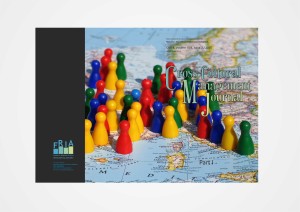Vocation of language for international communication – a prediction tool for future evolutions in global communication
Vocation of language for international communication – a prediction tool for future evolutions in global communication
Author(s): Gabriel-Cristian ConstantinescuSubject(s): Language studies, Communication studies, International relations/trade
Published by: Fundatia Română pentru Inteligenta Afacerii
Keywords: International communication; International language; Official language;
Summary/Abstract: The paper proposes a new perspective that explains the convergence toward an increasingly smaller number of languages in communication between speakers of different native languages: the "vocation of language for international communication". For the population of a country, the exposure to its official language by implicit interaction with it makes that the majority of citizens understands this language. Correlating the populations of these countries with the spread of these languages by countries and continents generates a hierarchy of languages, at global or regional level. English has the strongest vocation of language for international communication at global level, followed by French and Spanish, while Russian and Arabic have strong vocation only at regional level. Chinese has only a medium vocation at regional level, as German, Portuguese, Italian and Dutch. 23 languages officially spoken at least 2 countries and other 88 official languages of a sole country are grouped in 5 clusters, by their vocation of language for international communication.
Journal: Cross-Cultural Management Journal
- Issue Year: XVII/2015
- Issue No: 02
- Page Range: 161-174
- Page Count: 14
- Language: English

